The third phase of General Elections 2024 concluded on May 7, 2024. It covered 93 Lok Sabha seats, with 17.24 crore eligible voters, catered by 18.5 lakh Polling officials with 1.85 lakh polling stations, across 11 States/UTs.1
This phase is important for both parties. In the 2019 Lok Sabha Election, the Bharatiya Janata Party (BJP) and its allies won 75 of the 93 seats going to polls in this phase. Of these 71 were won by the BJP alone. The current INDIA bloc parties had won only 8 seats, out of which 4 were won by Congress.2 States such as Gujrat, which are considered strongholds for the ruling party, went under the polls. Furthermore, this phase also saw few close contests in Maharashtra whose fates are now sealed in EVMs.
Voter Turnout Statistics
Following are the voter turnout statistics shared by ECI on its Voter Turnout app.
| Sr. No. | State | No. of PC’s | Turnout | |
| 2024 | 2019* | |||
| 1 | Assam | 4 | 85.45 | 81.60 |
| 2 | Bihar | 5 | 59.14 | 57.33 |
| 3 | Chhattisgarh | 7 | 71.98 | 71.64 |
| 4 | Dadra & Nagar Haveli | 1 | 71.31 | 101.2 |
| 5 | Daman & Diu | 1 | 68.77 | 78.2 |
| 6 | Goa | 2 | 76.06 | 68.81 |
| 7 | Gujarat | 25 | 60.13 | 66.8 |
| 8 | Karnataka | 14 | 71.84 | 71.20 |
| 9 | Madhya Pradesh | 9 | 66.74 | 61.02 |
| 10 | Maharashtra | 11 | 63.55 | 82.69 |
| 11 | Uttar Pradesh | 10 | 57.55 | 66.34 |
| 12 | West Bengal | 4 | 77.53 | 81.76 |
| Overall | 93 | 65.68 | ||
In the field of fire:
Almost at the halfway mark of the elections, this period can be considered a trendsetter for upcoming phases. Considering the distribution of the constituencies in this phase, this can be a make-or-break phase for the opposition.
Also, an important factor in this phase and a couple of upcoming phases is the arrangements of seats amongst the regional parties in Maharashtra, which will see a massive upheaval in terms of votes and outcomes.
Region-wise Analysis:
North:
13 seats in Uttar Pradesh and 5 in Bihar were up for polling in this phase. Uttar Pradesh, in 2024 has seen a lower turnout than last edition. The cumulative voting average of Uttar Pradesh in 2019 was 66.34, this phase saw 57.55 voting percentage which is much below the average, marking a decrease of 3.92% compared to the 2019 elections.3 In Badaun, a 5% increase in turnout compared to 2019 raises the stakes for the BJP, which won the seat in the previous election. However, historical data suggests that higher turnouts often favor Samajwadi Party (SP).
Bihar, however, had a small jump of 2 percent clocking 59.14% in this phase than earlier phases.
North East:
Assam was the only state that underwent polling. 5 seats in Assam witnessed 85.45 percentage points. However, this is much less than 2019 which was closer to 90% in 2019.
East:
Four constituencies in West Bengal were included in the phase three. Uttar Maldaha and Dakshin Maldaha, Jangipur, and Murshidabad saw voting percentages of 76.03, 76.69, 75.72, and 81.52 respectively. Except Murshidabad which has seen a jump of 1%, other seats have lowered their percentage by 8-10%.
Central
In Madhya Pradesh, polling took place in Betul, where the election due in Phase 2 was postponed following the death of a candidate from the Bahujan Samaj Party (BSP). Nine seats that went for polling in phase three, the overall voting percentage was 66.74 percent. Amongst these, the Rajgarh constituency recorded the highest turnout of 72.99%, whereas Bhind witnessed the lowest polling percentage in the State at just 52.91%. Guna and Vidisha were amongst the few high-profile seats in this phase.
In Chhattisgarh, the polling percentage for seven constituencies was 67.33% which is significantly less than the recorded overall turnout of 73.8% in 2019.
West
Gujarat, the ruling party’s stronghold, witnessed voter turnout of 60.13 which is a large drop of 6 percent. However, it remains to be seen which party suffered this drop; assuming constituencies in Gujarat where the ruling party has massive backing, their supporters are unlikely to shy away from voting. Polling at one seat in Gujarat was canceled as the candidate from the ruling party won unopposed.
Union Territories (UTs) such as Dadra Nagar Haveli and Daman Diu also saw a difference of 20% and 11 % respectively.
In the state of Maharashtra, a drop in voting continued. The highly contested seat in Baramati witnessed a voter turnout of 59.19% compared to 64.8% in 2019. Latur, another important contest, will be decided by 62.59% of votes against 64.1% in 2019. The prestigious constituencies of Satara and Kolhapur, are of historical importance. In both constituencies descendants of the Maratha dynasty of Bhosale, belonging to Chhatrapati Shivaji Maharaj are contesting from ruling and opposition parties respectively. These seats will be decided by a voting percentage of 63.16 and 71.59; in 2019 it was 64.1 and 74.2 respectively.
Goa, putting forth its twin constituencies, witnessed a turnout of 77.69 and 74.47 %. Not so much of a difference from 2019 where these numbers were 79.90% and 75.20% respectively.
South
14 constituencies from Karnataka underwent elections. In 2019 the ruling party had secured 62.58% of the vote share. Whereas the opposition party block could only devise 32.84%. This time around the voting percentage of Karnataka in phase 3 was at 71.84% which is significant as overall turnout by the state in 2019 was 71.2%.
Conclusion
As it stands, barring a few exceptions in constituencies across Bharat; overall voting across all states has come down. However, pollsters are divided over the interpretation of the data. Historically, lower voter participation has often signaled challenges for the ruling party. However, analysts present a nuanced perspective on this trend.
“It is difficult to read voters’ minds if the turnout is low. The thumb rule is if the voting percentage is low by up to 5% we perceive people do not want change and there is lack of inertia. In that scenario, local issues play an important role resulting in sometimes astounding results. Kuch bhi ho sakta hai (anything can happen),”
– Nomita P Kumar, Giri Institute of Development Studies
In an argument against the above notion, comes the report from the State Bank of India (SBI) that came out a day after the poll panel released its final turnout figures for the first two phases of elections. According to the report, “A better measure of votes cast is the absolute number of voters, in the first 2 phases, 8.7 lakh additional voters have voted. This is an increase of 0.4% over the first 2 phases of 2019 with women voters outstripping men in incremental numbers. Further, a welcome and encouraging trend visible through our analysis pertains to the increase in absolute votes in the reserved constituencies vis-à-vis the open constituencies. Of the total 8.7 lakh increase in voters, ~70% happened in 42 reserved (SC+ST) constituencies only” 4
Only the results can determine which sway of thought holds true. These elections are certainly an outlier in terms of voting patterns. Voting behavior during the next phases and results are expected to be an exemplary case study in the history of Indian Elections.
References:
- Election Commission of India. (May 08, 2024) Press Note. Retrieved from https://www.eci.gov.in/eci-backend/public/api/download?url=LMAhAK6sOPBp%2FNFF0iRfXbEB1EVSLT41NNLRjYNJJP1KivrUxbfqkDatmHy12e%2FztfbUTpXSxLP8g7dpVrk7%2FYMdYo4qvd6YLkLk2XBNde3jECHz0qNyRwJHi96h1mR8dOFtn933icz0MOeiesxvsQ%3D%3D
- Livemint. (2024). Lok Sabha Election 2024 Voting highlights: 63% voter turnout recorded across 11 states, UTs in Phase 3. Retrieved from https://www.livemint.com/politics/lok-sabha-election-2024-phase-3-voting-live-updates-all-set-for-polling-to-begin-for-93-seats-in-11-states-at-7-am-11714993510065.html
- Banerjee, B. (2024). Lok Sabha election phase 3: ‘Anything can happen’: Drop in voter turnout in UP perplexes experts.. Livemint. Retrieved from https://www.moneycontrol.com/elections/lok-sabha-election/drop-in-voters-turnout-in-up-confuse-experts-as-they-say-kuch-bhi-ho-sakta-hai-article-12717140.html
- SBI Research. (2024). WHITE NOISE: A J-SHAPED voting on the anvil. Retrieved from https://sbi.co.in/documents/13958/43951007/060524-Voter+Turnout_two+phases_May24.pdf/5acadbdd-7a92-98f0-ef68-5c2f256e2328?t=1714976754528
- Das, A. (2024). 71 vs 4: In Phase 3 seats that vote today, BJP was miles ahead of Congress’. Livemint. Retrieved from https://indianexpress.com/article/political-pulse/lok-sabha-polls-phase-3-seats-that-vote-tomorrow-9311888/
- India News Desk. (2024). What low turnout? SBI Research report shows 8.7 lakh additional voters cast their ballot in first two phases of Lok Sabha elections. Financial Express. Retrieved from https://www.financialexpress.com/india-news/what-low-turnout-sbi-research-report-shows-8-7-lakh-additional-voters-cast-their-ballot-in-first-two-phases-of-lok-sabha-elections/3479358/

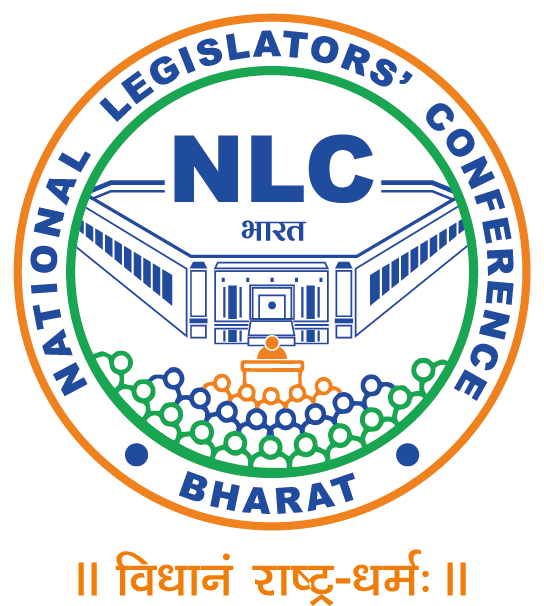
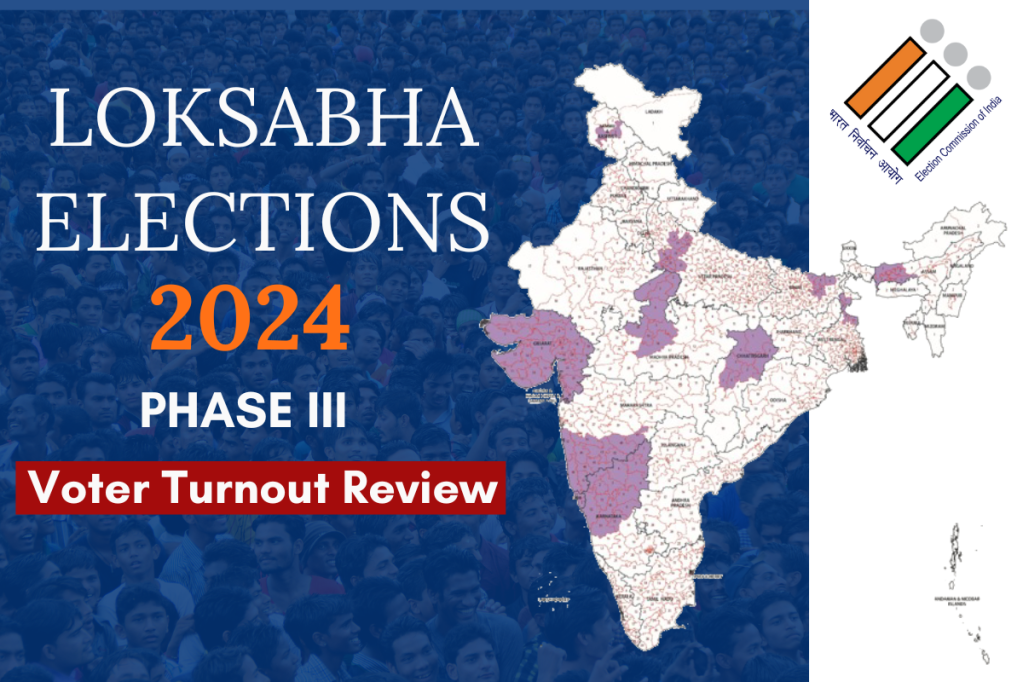
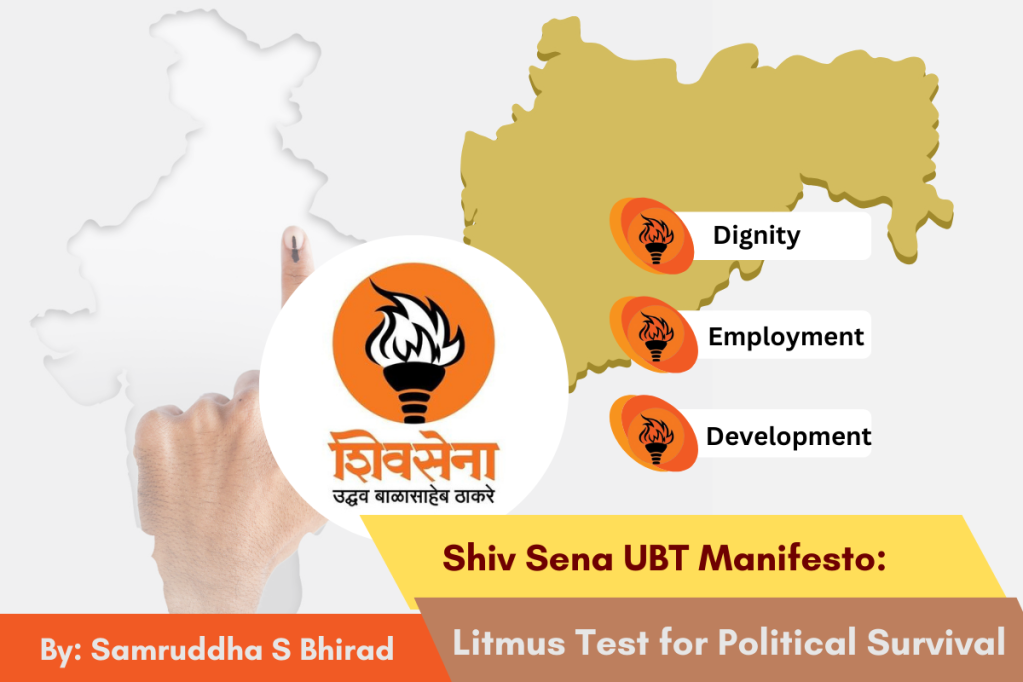
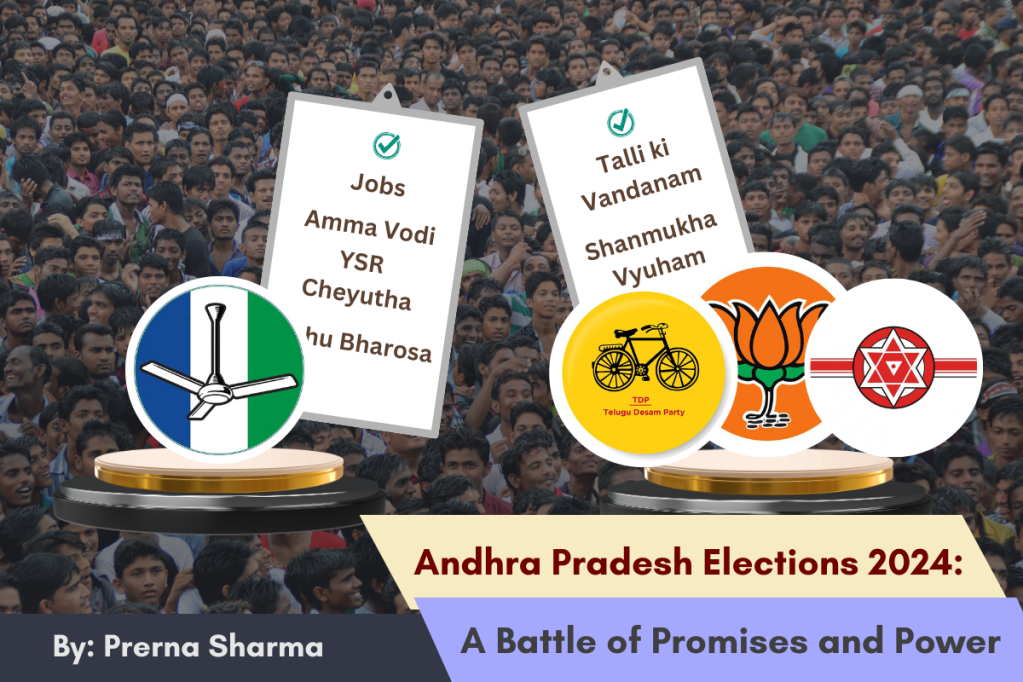
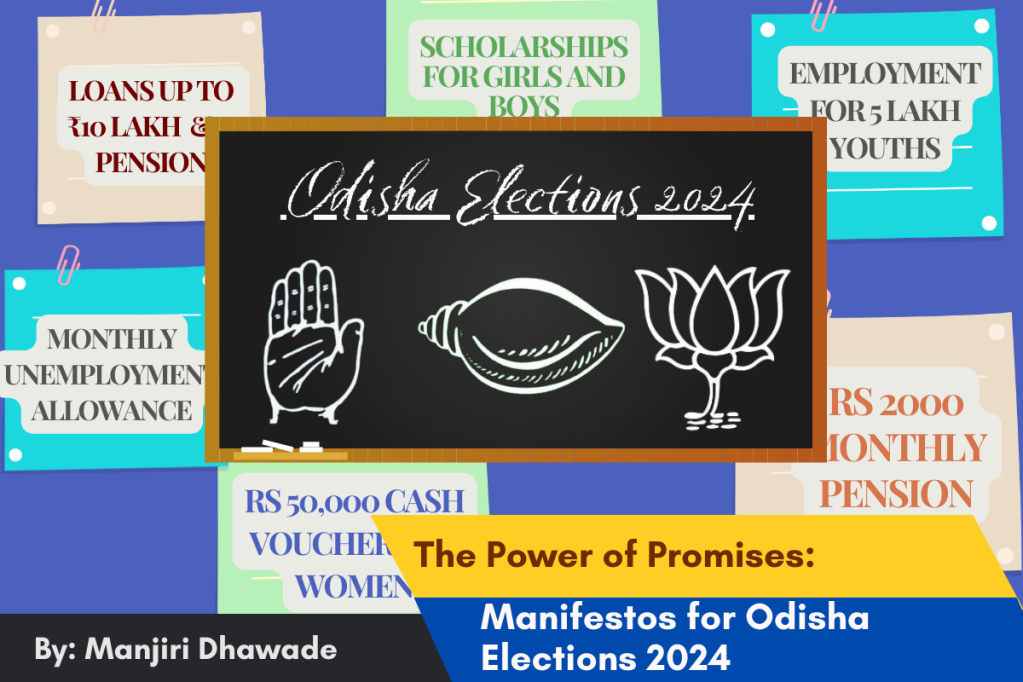
Leave a comment